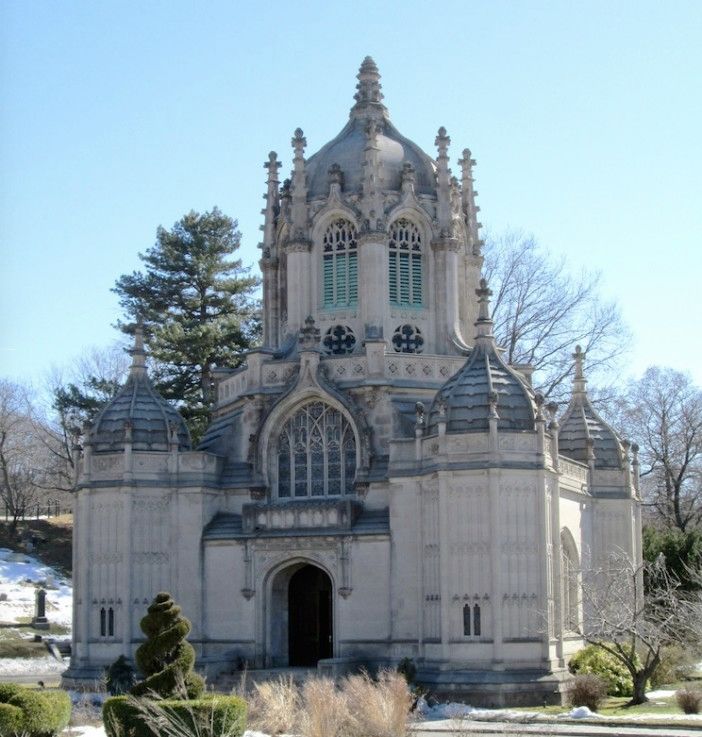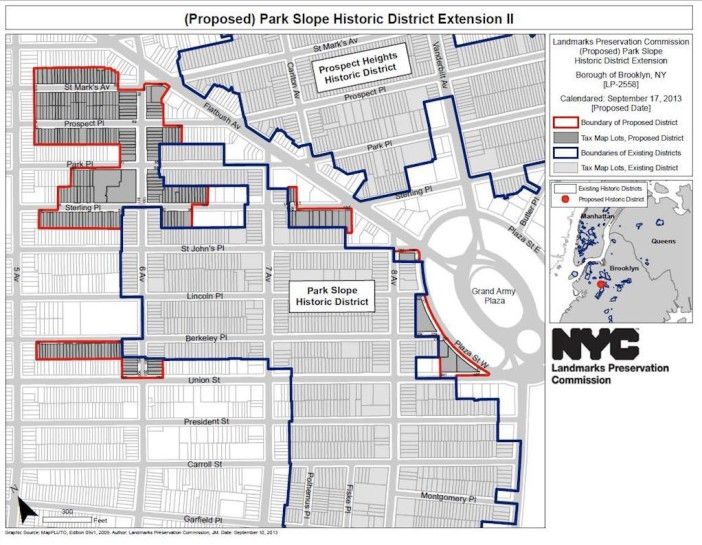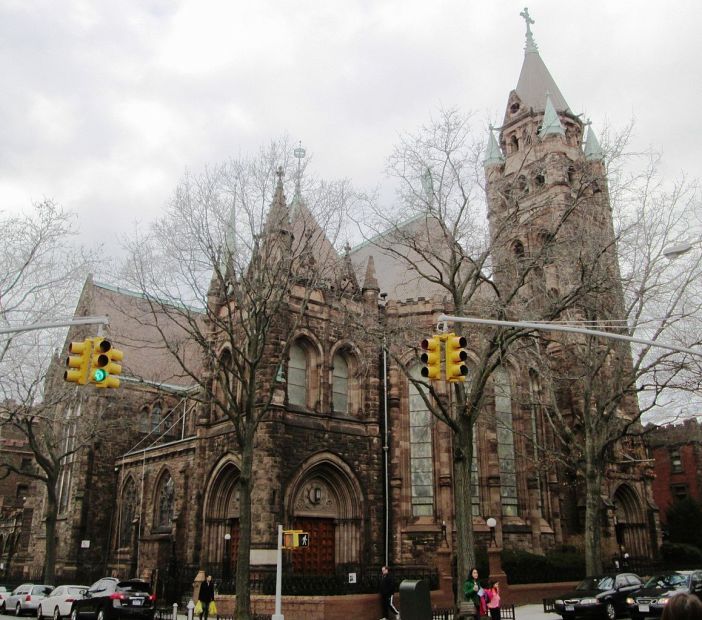Landmark Status Official For Park Slope Historic District Extension, St. Augustine’s Church, And Portions Of Green-Wood Cemetery

The Landmarks Preservation Commission voted in favor of landmark status for a series of extremely significant properties and neighborhoods throughout Park Slope and its surroundings.
The meeting, which took place today, makes the outcome official after a February meeting which addressed the LPC’s backlog of 95 properties. The LPC decided in that meeting to keep portions of Green-Wood Cemetery, St. Augustine Roman Catholic Church, and 28 other properties on its calendar to prioritize for designation by the end of 2016.
Sections of Green-Wood Cemetery were granted landmark status, including the Green-Wood Chapel, a Gothic structure completed in 1911. Warren and Wetmore, the architects of the chapel, were also responsible for designing Grand Central Terminal, the Yale Club, and the New York Yacht Club.
The Gatehouse and Gatehouse Cottage — both located at the Fort Hamilton Parkway entrance of the cemetery — were also officially landmarked.
According to the Brooklyn Daily Eagle, Green-Wood Cemetery had long been “opposed to landmarking the entire cemetery — whose burial plots have 200,000 living owners. The Greenwood Heights graveyard averages 1,200 burials annually.”
Although the entire cemetery was initially proposed for designation, Green-Wood requested that the cemetery as an entity be taken off the LPC list. YIMBY reports that it “just isn’t feasible, given the number of family-owned structures on the 478-acre property. Some individual structures on the property are already landmarks and the recommendation is to designate the chapel, caretaker’s residence, and visitors cottage.”

The LPC voted unanimously to landmark the Park Slope Historic District Extension II, which includes almost 300 buildings. The extension runs along 6th Avenue between St. Marks Avenue and Sterling Place. Several other sections are also part of the extension, including Plaza Street West off of Grand Army Plaza.
According to DNAinfo, “Preservationists originally asked the LPC to consider adding 700 buildings north of Union Street, but the LPC pared the list down to about 290 buildings,” according to Peter Bray, chair of the Historic District Committee of the Park Slope Civic Council.

While St. Augustine Roman Catholic Church (116 6th Avenue at Sterling Place) was originally to be voted on as a separate structure, the church — built in 1888 — is located within the Park Slope Historic District Extension II. Therefore, the church automatically became landmarked once that vote was complete.
The LPC then removed the building — inclusive of both a church and rectory — from the voting agenda.
According to the Brooklyn Daily Eagle, the landmarking of the church was “against the wishes of the Diocese of Brooklyn. A statement from a lawyer for the Diocese that’s in an LPC research file indicates that the religious organization has opposed the designation of St. Augustine’s since it was first calendared in 1966.”
St. Augustine’s Church, designed by the Parfitt Brothers in Victorian Gothic style, is often referred to as “the Cathedral of Park Slope.”




